The Compact series: Collaboration and innovation at its best
The story of Nilan and the Compact series begins in 2002 in Winterthur, Switzerland, where an ambitious housing project called Eichgut was launched. The project consisted of 90 low-energy apartments built in a new district close to the main railway station. When the architects and engineers from the Eichgut project approached Nilan, it quickly became clear that there was an urgent need for a solution that could meet strict requirements for energy efficiency and comfort. The challenge was that Nilan had just one week to develop it.
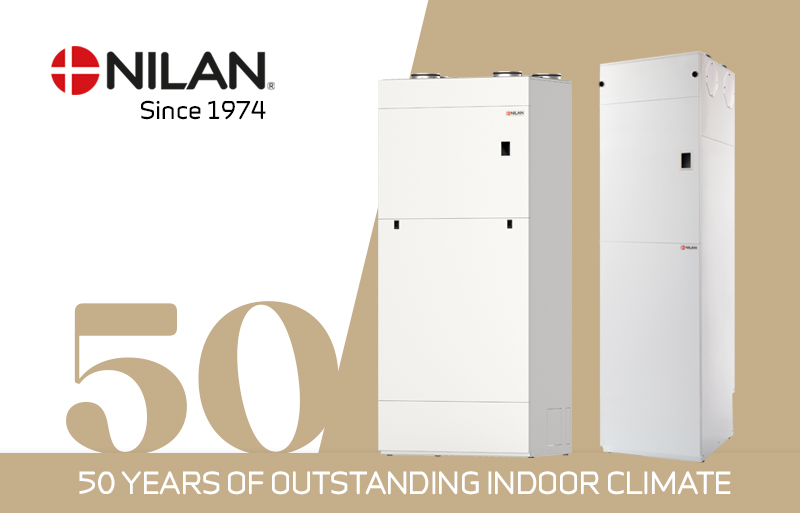
Nilan took on the challenge with a dedicated team that immediately embarked on an intense development process. Working day and night, they succeeded in developing and testing the VP18-10P within a single week. Several of the key people who were part of that team still work at Nilan today, continuing to bring their knowledge and expertise to the development of new solutions.
By 2005, the Eichgut project was completed as one of the first residential developments in Switzerland built according to the Minergie-P standard, which sets high demands for energy efficiency and indoor climate. Nilan’s solution was crucial to Eichgut becoming a pioneering project in sustainable construction.
Nilan was up against well-established competitors, but it was teamwork, quality, and a unique product that made the difference. The solution was tested at HTA Hochschule für Technik und Architektur and later recognised by Technische Universität Darmstadt.
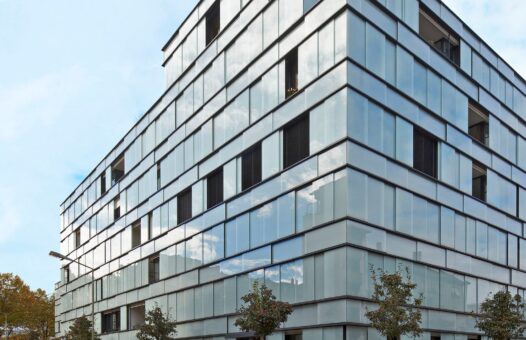
Eichgut, Winterthur, Schweiz
Komforthusene near Vejle
Following the success of Eichgut, similar principles were tested in Denmark. In 2007, construction began on Komforthusene near Vejle, where Compact P played a central role.
Komforthusene was a visionary project led by Isover. Their ambition was to ensure that the houses truly lived up to their name – “The Comfort Houses” – while also setting new standards for modern housing. Passive houses were known for being heated through the ventilation air, which could just about maintain a comfortable temperature. But Isover wanted more than simply to keep warm. By adding underfloor heating via a ground source heat pump, they aimed to create the ultimate comfort house with a perfectly balanced indoor climate all year round.
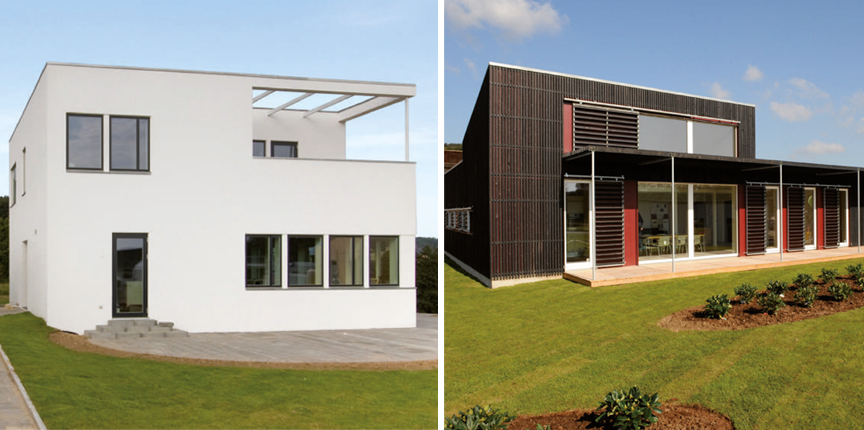
Komforthusene near Vejle
A group of Nilan’s creative and dedicated employees began exploring how they could design a ground source heat pump that could deliver the required heating and comfort. The first step was to gather all the components they thought might be useful and spread them out on a table in the canteen. That’s where the idea truly took shape – and this became the foundation for the JVP2, Nilan’s innovative ground source heat pump, today known as Compact GEO.
One thing was still missing: a name. During the development phase, the Nilan team affectionately nicknamed it “the giraffe.” The unofficial name brought smiles, but behind it lay a serious ambition to revolutionise comfort in future homes. With this project, the team didn’t just build houses – they created something entirely new. Komforthusene became a symbol of modern residential comfort.
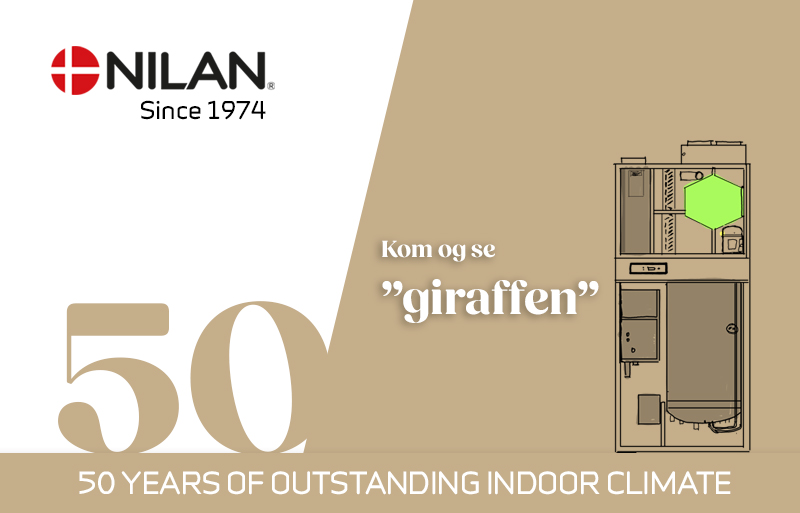
Solar Decathlon and further development
When Technische Universität Darmstadt won the Solar Decathlon competition in 2007, Nilan supplied the VP18-10P – a ventilation system that combined ventilation, active and passive heat recovery, and domestic hot water production. This was key to the university achieving top marks in the “Lowest Energy Consumption” category.
Two years later, in 2009, Nilan once again played a central role in a winning Solar Decathlon project. Team Germany’s entry – a two-storey cube covered with solar panels – impressed with its ability to generate twice as much energy as the house required. Nilan’s VP18 Compact GEO 3 was crucial in ensuring an optimal indoor climate and minimal energy consumption.
In 2012, success was repeated with the Compact P system, a further development of the earlier VP18 Compact. This time, the ground was used as a heat exchanger, with the constant ground temperature harnessed for both heating and cooling. The system allowed for free cooling in summer and the use of the ground source heat pump during the colder months.
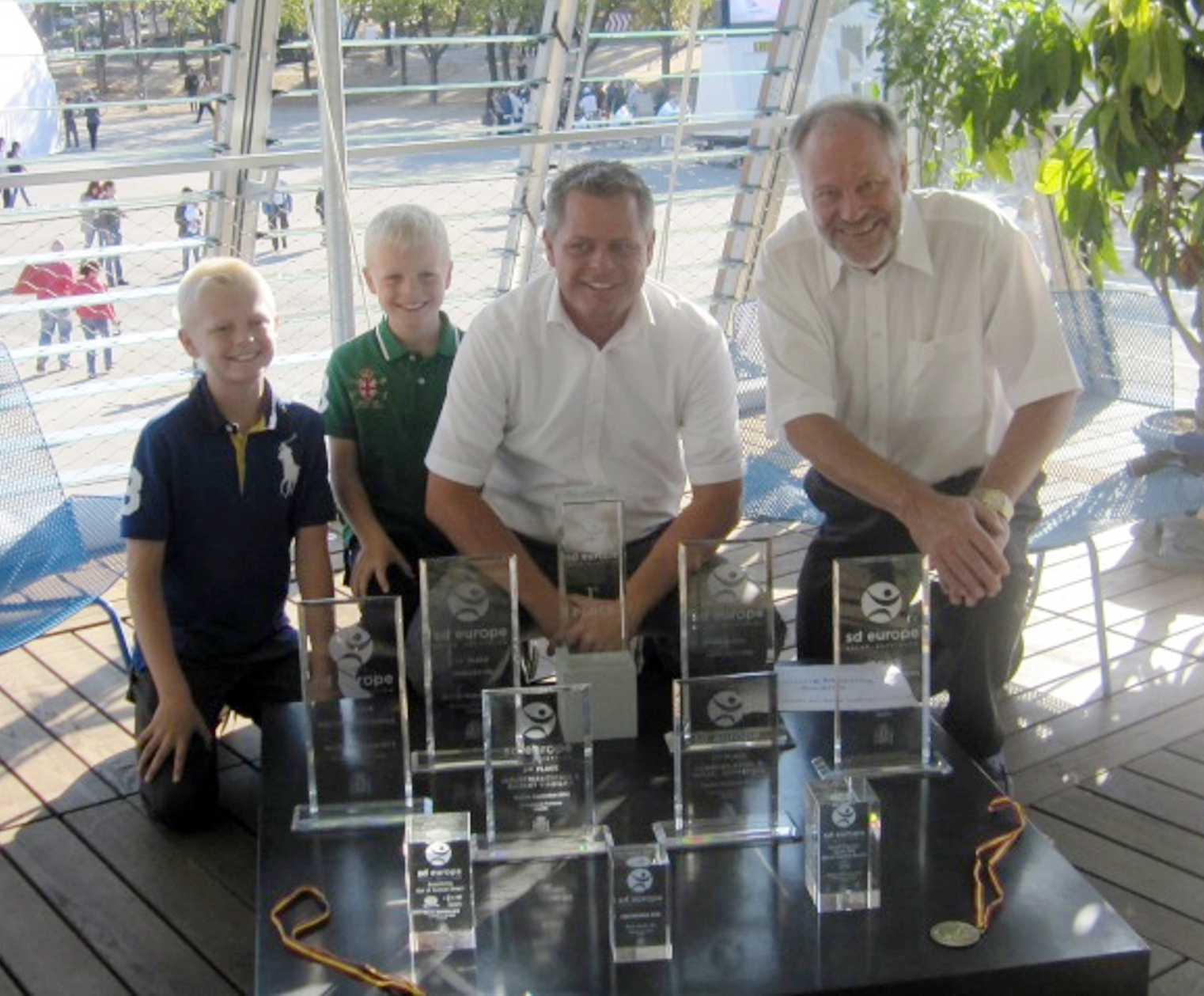
A legacy of innovation and qualityThis story is not only about technological progress, but also about teamwork, passion, and a shared belief in the vision of creating sustainable solutions for the future. Over the years, our customers have referred to the Compact series as “The Danish Magic Box” and “the heart and lungs of the home” – highlighting its importance. Today, the Compact series is sold worldwide and continues to be a central part of our mission to deliver innovative solutions.